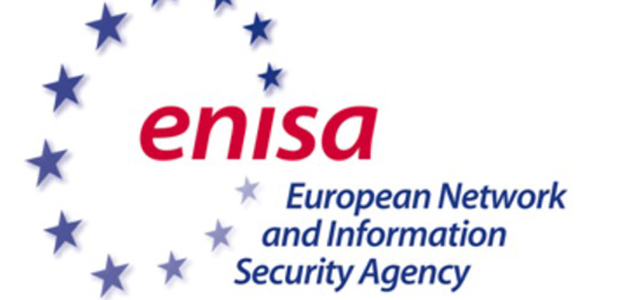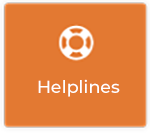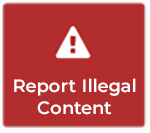Digital Literacy: Web 2.0
Web 2.0 is the term used to explain the interactivity of the Web today. The first use of the Internet was fairly static, we were consumers of online media, we merely read content created by others.
Today our use of the Internet is hugely interactive, we comment, Like, Poke, create media and collaborate online with others around the globe in real time.
The European Network and Information Security Network (ENISA) report that while there are huge advantages and opportunities to the interactivity of Web 2.0 there are also some risks to consider in regard to security and privacy when photo sharing, using wikis, social bookmarking and social networking.
Giles Hogben ENISA says:
“Web 2.0 applications are pushing existing Web technologies to their limits – as a result, even the best developers have had to resort to ‘hacks’ and loopholes in the system to make their applications work.”
The success of Web 2.0 is fundamentally about enabling users to contribute content and communicate. But, at the same time, that success creates new challenges. For example it is more difficult to know whether to trust information when you don’t know who the original author was or where it came from.
Digital Literacy: ‘I found it online – It must be true’
The related ENISA survey analysed what tactics people use to decide if a web page is fake. The result is highly surprising. Most people will trust a source as long as it appears more than once on the web.
The tendency of blogs and wikis to replicate rumours means this is no longer an effective strategy. For example, some stories originating in the blogosphere about celebraities or presidential candidates have been proven false. Another example is web based “pump and dump” stock rumours where share prices are artificially inflated through rumours.
“We need better ways to establish trust in information in the Web 2.0 world” says Mr. Andrea Pirotti, Executive Director of ENISA.
Schools need to teach digital literacy skills
The Web 2.0 generation need to learn how to validate content found online. They need to learn how to compare content and information they find on the Internet against a trusted source. They need to understand the difference between fact and personal opinion. They need to look for bias and to be aware of the influence of social media.
Measures to protect personal data online
ENISA compiled the report using input from a group of international web security experts. It recommends a set of initiatives in web standards and architecture, as well as policy actions. These include incentives for more secure programming and measures to protect personal data exchanged among private individuals.
Visit ENISA







